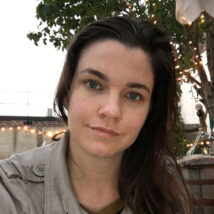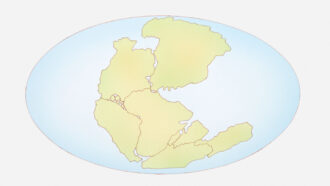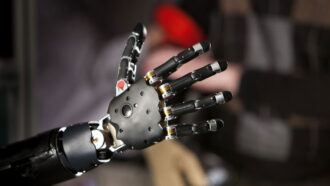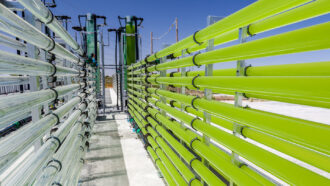
Katie Grace Carpenter
Katie Grace Carpenter is a science writer and curriculum developer, with degrees in biology and biogeochemistry. She also writes science fiction and creates science videos. Katie lives in the U.S. but also spends time in Sweden with her husband, who’s a chef.

All Stories by Katie Grace Carpenter
-
 Space
SpaceScientists Say: Cosmic rays
These energy-packed particles come to us from the farthest reaches of outer space.
-
 Math
MathScientists Say: Fractal
There’s no end in sight for these infinitely complex geometric wonders.
-
 Science & Society
Science & SocietyScientists Say: Thought experiment
Thinking through imaginary, sometimes absurd, scenarios can catalyze new ways of thinking.
-
 Materials Science
Materials ScienceScientists Say: Superconductor
At cold enough temperatures, these materials can conduct electricity with no resistance.
-
 Chemistry
ChemistryScientists Say: Excitation
Excited electrons are to thank for dazzling fireworks displays, plants harnessing energy, the semiconductors behind modern tech and more.
-
 Chemistry
ChemistryScientists Say: Methane
Used to cook food and heat homes, this potent greenhouse gas accounts for 30 percent of the warming of our climate.
-
 Math
MathScientists Say: Correlation and Causation
There is a correlation between countries where people eat more chocolate and those that produce more Nobel Prize winners. But beware assuming that one variable causes the other.
-
 Materials Science
Materials ScienceScientists Say: Semiconductor
Modern electronics, from cell phones to video games, work thanks to these conductor-insulator hybrids.
-
 Earth
EarthScientists Say: Supercontinent
These gigantic landmasses form when much of Earth’s landmass smashes together.
-
 Tech
TechScientists Say: Bionic
This type of technology combines natural and synthetic systems. It can restore lost vision and mobility and even grant cells new abilities.
-
 Environment
EnvironmentScientists Say: Carbon capture
Carbon capture technology tackles climate change by stomping out carbon dioxide at the source.
-
 Science & Society
Science & SocietyScientists Say: Model
Models are representations of real-life systems or processes that we use to ask questions, make predictions and test our knowledge.